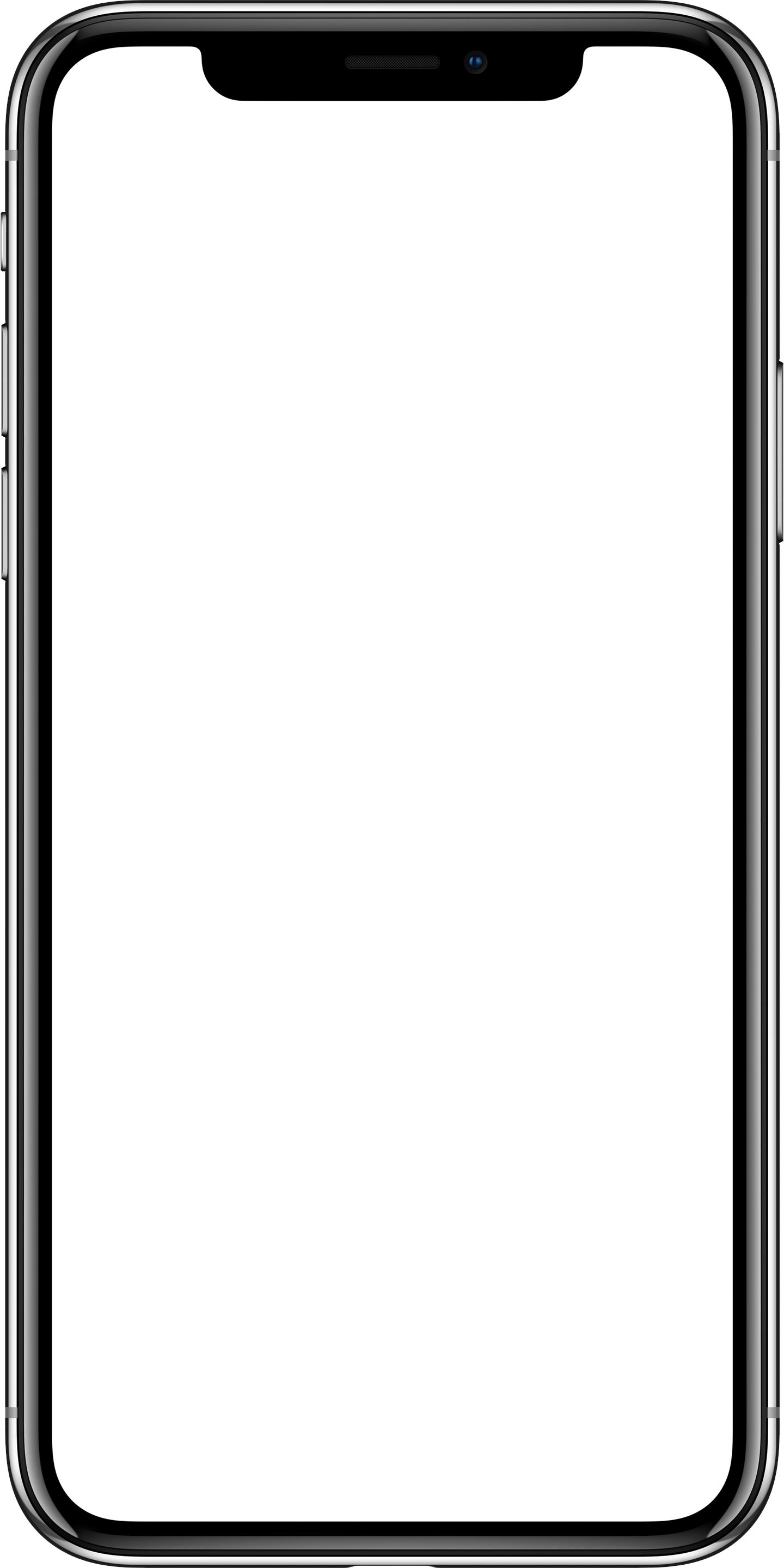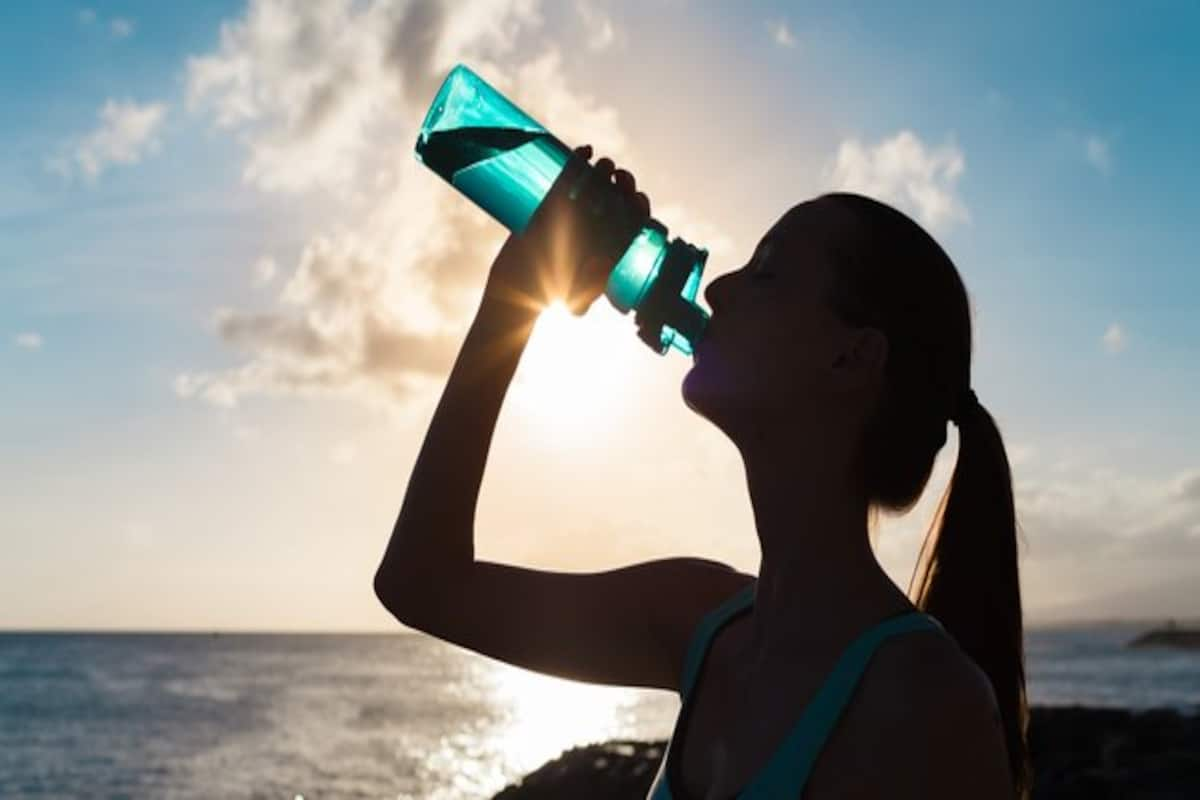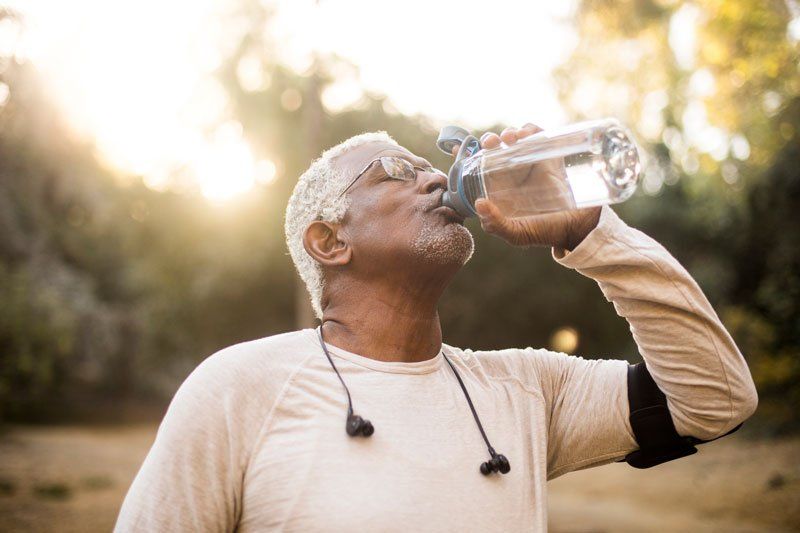Iron Deficiency Anemia (IDA) and Blood Loss
Iron deficiency anemia (IDA) is a common type of anemia characterized by a deficiency of iron in the body. Iron is an essential component for the production of hemoglobin, a protein found in red blood cells that carries oxygen throughout the body. When the body lacks sufficient iron, it can’t produce an adequate amount of healthy red blood cells, leading to a reduction in oxygen-carrying capacity and causing anemia.
Blood loss is one of the primary causes of iron deficiency anemia. This can occur through various means, including:
Gastrointestinal Bleeding
Bleeding in the gastrointestinal tract due to conditions like ulcers, gastritis, or colorectal cancer can lead to chronic blood loss over time.
Menstrual Blood Loss
In menstruating women, heavy or prolonged menstrual bleeding can result in a gradual loss of iron, leading to anemia.
Trauma or Surgery
Significant blood loss due to injury or surgical procedures can deplete iron stores.
Inadequate Dietary Intake
A diet low in iron-rich foods can lead to insufficient iron intake.
Malabsorption
Certain gastrointestinal disorders, such as celiac disease or inflammatory bowel disease, can hinder the absorption of dietary iron.
Symptoms of Iron Deficiency Anemia
The symptoms of iron deficiency anemia can vary in severity but often include:
- Fatigue and weakness
- Pale skin
- Shortness of breath
- Dizziness or lightheadedness
- Cold hands and feet
- Brittle nails
- Headaches
- Rapid heartbeat
- Unusual cravings for non-nutritive substances (pica)
Iron Infusions (INFeD and Venofer)
Iron infusions are a treatment option for individuals with iron deficiency anemia who cannot tolerate or do not respond to oral iron supplements. Two common iron infusion products are INFeD (iron dextran complex) and Venofer (iron sucrose).
INFeD (Iron Dextran Complex)
INFeD is an intravenous iron preparation that is administered directly into the bloodstream. It’s used when oral iron supplementation is ineffective or not well-tolerated. INFeD contains iron dextran, which is a complex of iron and a carbohydrate. It’s administered under medical supervision.
Venofer (Iron Sucrose)
Venofer is another intravenous iron product used to treat iron deficiency anemia. It contains iron sucrose, which is also administered intravenously. Venofer is generally preferred for its lower risk of allergic reactions compared to INFeD.
Contraindications and Side Effects
While iron infusions can be highly effective, they are not suitable for everyone, and there are potential contraindications and side effects to consider
Contraindications
Hypersensitivity
Individuals with a known hypersensitivity or allergy to the components of INFeD or Venofer should not receive these iron infusions.
Anaphylaxis History
Patients with a history of severe anaphylactic reactions to parenteral iron products should avoid these treatments.
Common Side Effects
Allergic Reactions
Allergic reactions, including anaphylaxis, can occur, although they are more common with INFeD than Venofer.
Hypotension
Low blood pressure can occur during or after iron infusions.
Gastrointestinal Disturbances
Some individuals may experience nausea, vomiting, or abdominal pain.
Headache
Headaches are a possible side effect.
Pain at the Injection Site
Discomfort or pain at the infusion site can occur.
Fever
Fever may develop in some cases.
It’s essential for healthcare providers to carefully assess each patient’s medical history and overall health to determine the most appropriate treatment for iron deficiency anemia and to monitor patients during and after iron infusions to manage any potential side effects or adverse reactions. Iron infusions should only be administered under medical supervision.









